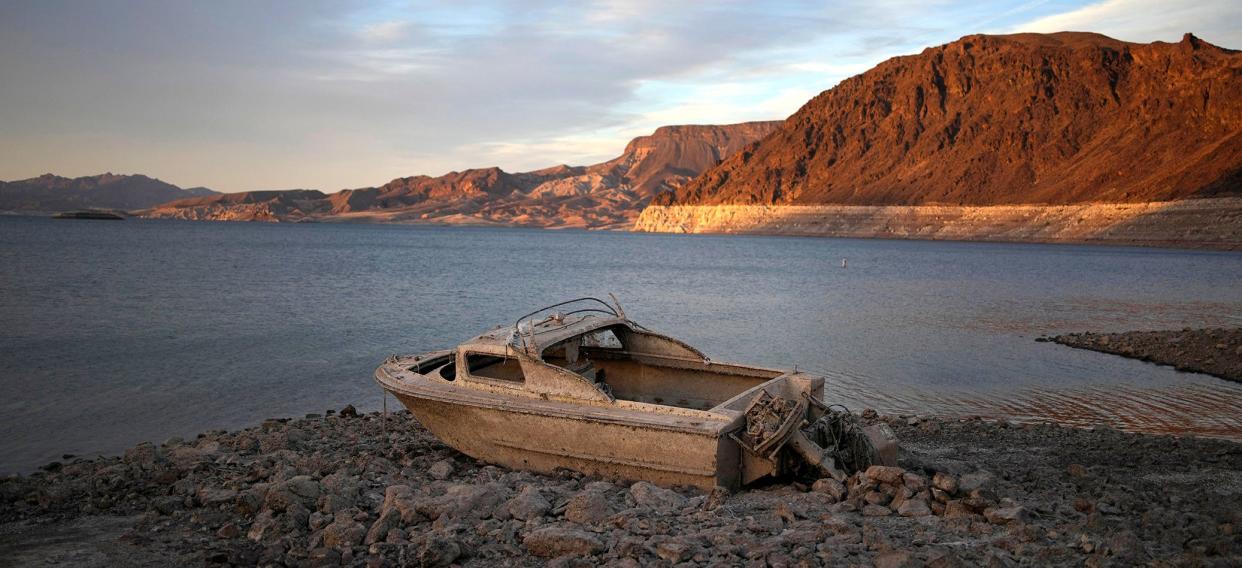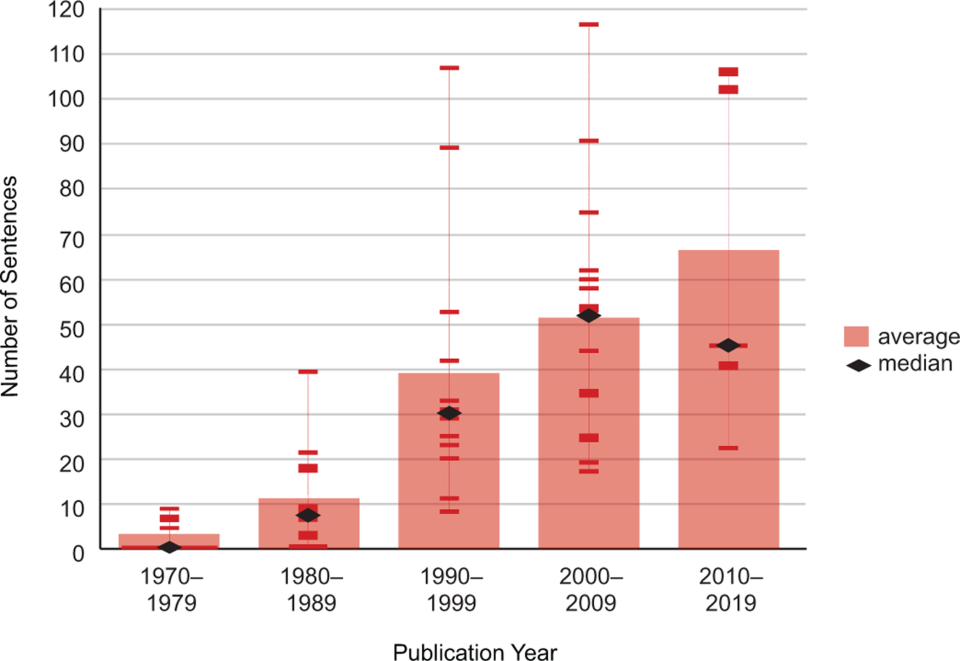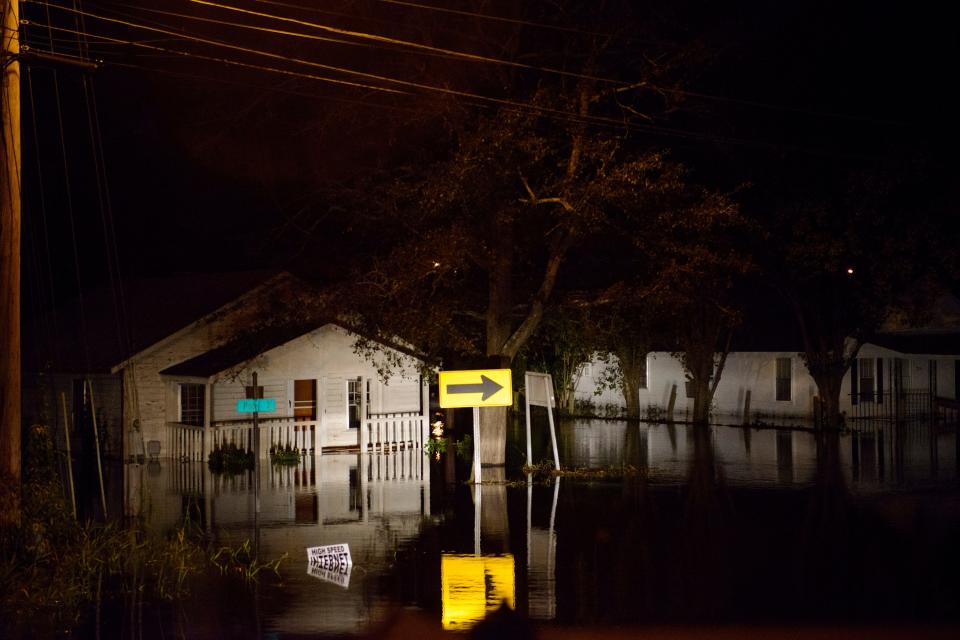NC State study: College textbooks aren't keeping pace with climate change science

Despite accelerating research and dire warnings about the impacts of human-induced climate change, a new study from N.C. State University researchers has found that the topic is still getting minimal coverage in college biology textbooks.
Just as worrisome, the researchers found coverage of climate change had been increasingly shifted to the back of the books − sections that are routinely ignored or just skimmed by students.
The study, published in the published in the open-access journal PLOS ONE in late December, found that fewer than three pages in a typical 1,000-page biology textbook from recent decades addressed climate change.
"The placement and amount of coverage makes it look like an inconsequential thing, unrelated to biology and life on Earth when it’s a huge factor," said Dr. Jennifer Landin, one of the study's authors and an associate professor of biology at N.C. State University.
BIRD PANDEMICPeople warned to steer clear of dead birds as avian flu rips through NC flocks
Landin and Rabiya Arif Ansari, an undergraduate at N.C. State, analyzed passages related to climate change in 57 introductory U.S. college biology textbooks published between 1970 and 2019.
While they found that coverage of climate change in textbooks has increased over the five decades since 1970, it hadn't kept pace with the broader advances in scientific understanding about the causes, impacts and potential solutions to a changing climate. The study states that the coverage of climate change in textbooks has decreased compared to the number of scientific articles published after the 1990s. In the 1990s, there was approximately one textbook sentence for every 200 scientific publications about climate change. In the 2010s, the ratio was one textbook sentence for every 1,100 scientific publications.
According to the study, the largest increase occurred during the 1990s, when the average length dedicated to climate change increased to nearly 40 sentences compared to fewer than 11 sentences in books published in prior decades.

The median length of climate content rose to 52 sentences in the 2000s as public awareness and media coverage of the issue increased, galvanized by events like Al Gore's film "An Inconvenient Truth" and numerous worrying United Nations' climate reports. The researchers found, however, that the amount of climate coverage in textbooks declined in the 2010s, dropping to a median of 45 sentences.
The study found the most extensive coverage of climate change in 2010–2019 included just 107 sentences.
"This content was found on four pages in a 1,279-page textbook," the paper states. "The severe consequences of climate change on human society and ecological stability warrants a substantial increase in coverage."

Climate change discussions have also moved farther back in textbooks in recent decades even as concern over the planet's warming atmosphere has increased. The study found that in the 1970s talk of climate change began in the last 15% of pages. By the 2010s, the topic wasn't broached until the final 2.5% of pages of the biology textbooks.
Landin said the discussion about climate change solutions also tapered off, with more focus placed on impacts and causes.
"It's OK to say that something bad is happening, but we also need to offer actionable solutions for young people to take forward," she said. "That would help reduce the sense of despair and hopelessness some of them say they are feeling."
Willing to ask questions
Landin admits she was surprised to see how little coverage there was on climate change in the current crop of textbooks and how little it had changed in the past decade.
The stagnancy in climate change coverage may have multiple causes, including concerns from publishers over getting involved in the political debate over climate change; worries about damaging student mental wellness; and author interest in other topics, such as cellular and molecular biology.
Reordering how the information is sorted in the textbooks, adding additional voices beyond the textbook authors, and placing additional focus on ecosystems and the environment are just some of the ways the study offers to improve climate change coverage.
"We should be willing to ask questions of ourselves that as educators, with a responsibility to inform and educate the next generation, are we giving them the tools they need," Landin said, adding that many instructors and scientists said they hadn't noticed the lack of climate change coverage before reading her paper.
"I don't think a lot of people look for historical changes in textbooks. But when we do, it can be eye-opening."
HELPING HANDHow this coastal advocate is working to protect the N.C. coast ... one paddle at a time
She also noted that there's a hunger among young people for more information about climate change, something she's seen with her students in recent years. According to a 2021 Pew Research Center survey, young Americans are more engaged with climate change than older generations. They tend to see more climate change content on social media platforms, talk more about the need for action, and actively do more by volunteering and attending events.

Landin said that growing interest in their future well-being coupled with increased awareness among instructors and scientists over what and how they're teaching the subject has her hopeful.
She compared it to how evolution was once treated in biology textbooks, relegated to the back and rarely brought out to counter non-evolutionary theories in other parts of the books. But researchers and instructors pushed for that to change, stating that students needed to know what the science was telling us.
"If we can do that with evolution, why can’t we do that with climate change?" Landin said. "It certainly seems reasonable.”
TRASH CONUNDRUMRecycling is popular, so why is New Hanover County's landfill filling up so quickly?
Reporter Gareth McGrath can be reached at GMcGrath@Gannett.com or @GarethMcGrathSN on Twitter. This story was produced with financial support from 1Earth Fund and the Prentice Foundation. The USA TODAY Network maintains full editorial control of the work.
This article originally appeared on Wilmington StarNews: NC State study finds textbooks not keeping up with climate change

